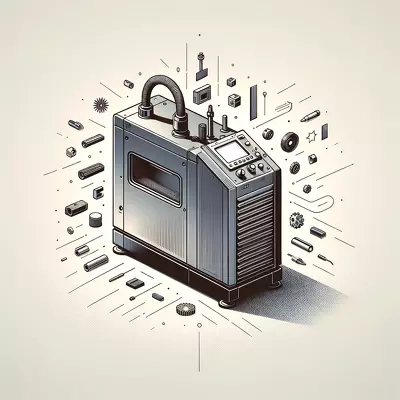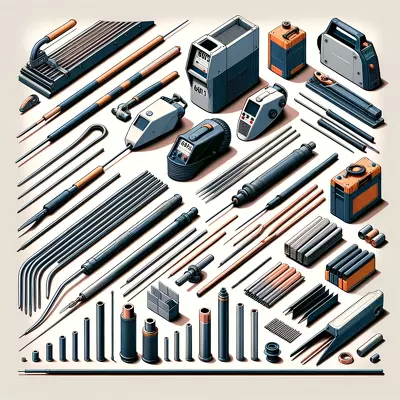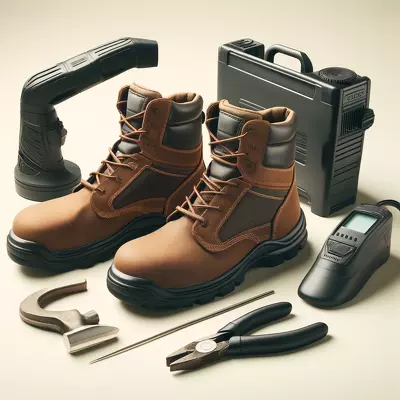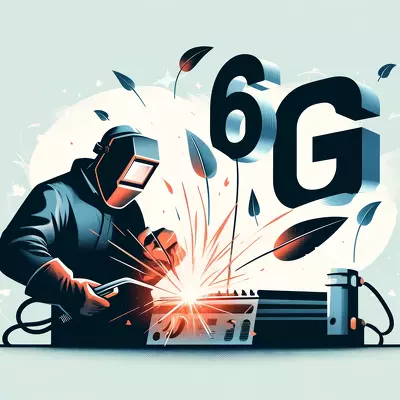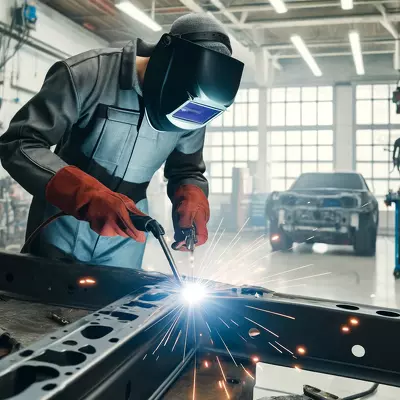The Rise of Digital Welding: How IoT and AI Are Transforming the Industry
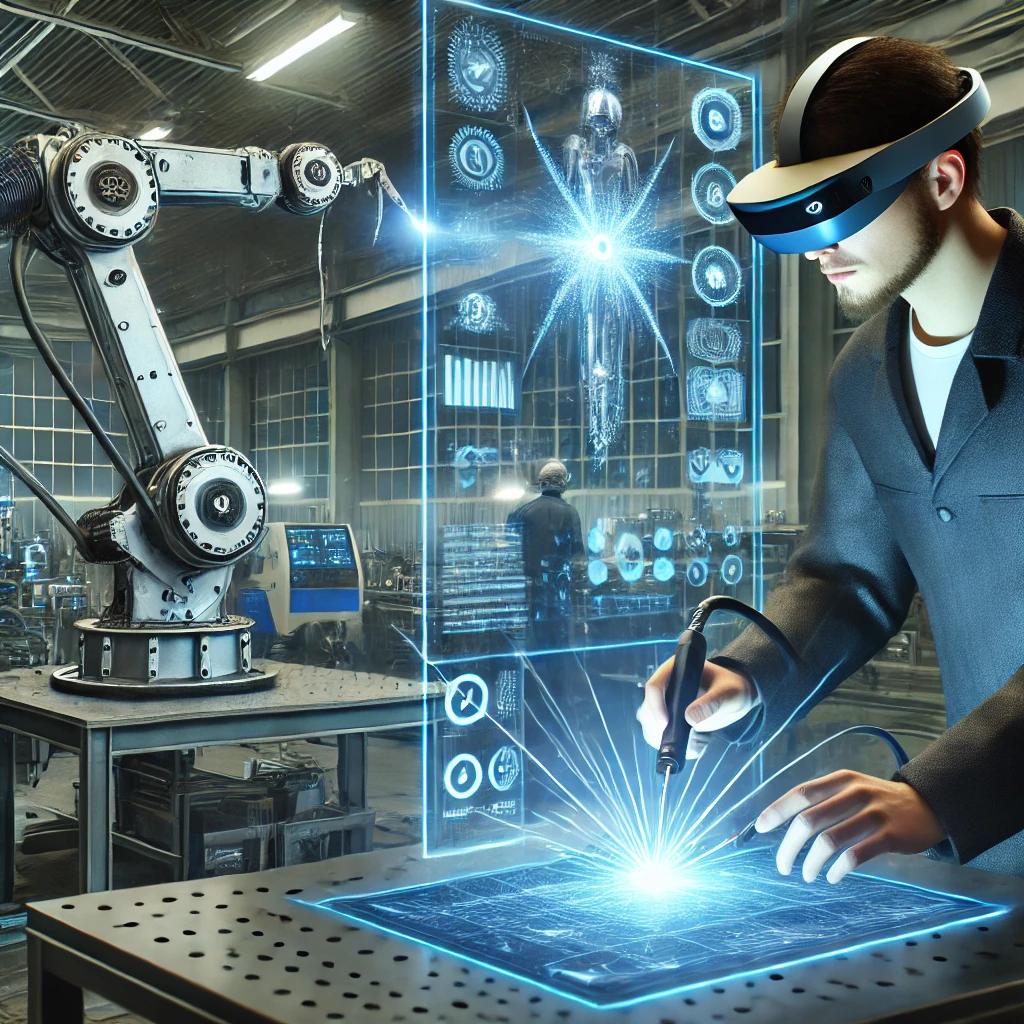
The welding industry is undergoing a significant transformation as digital technologies such as the Internet of Things (IoT) and Artificial Intelligence (AI) become integral to modern welding practices. These innovations are optimizing welding processes, improving safety, and enhancing overall efficiency.
IoT in Welding
The integration of IoT in welding has led to the development of smart welding systems. These systems utilize sensors and real-time data analytics to monitor welding parameters, detect irregularities, and ensure consistency.
Key Benefits of IoT in Welding:
- Real-time Monitoring: IoT-enabled welding machines can collect and transmit data regarding temperature, voltage, and arc stability, helping welders maintain precision.
- Predictive Maintenance: By analyzing performance data, IoT systems can predict potential equipment failures, reducing downtime and maintenance costs.
- Remote Access and Control: Operators can oversee and adjust welding settings from a distance, improving efficiency in industrial settings.
AI in Welding
Artificial Intelligence is revolutionizing welding by introducing machine learning algorithms that analyze vast amounts of data to optimize welding parameters and enhance precision.
How AI is Transforming Welding:
- Automated Defect Detection: AI-powered systems use image recognition and pattern analysis to identify welding defects in real-time, ensuring higher quality standards.
- Enhanced Precision: AI algorithms adjust welding parameters dynamically, leading to consistent and high-quality welds.
- Robotic Welding: AI-driven robotic welders are reducing human labor requirements while increasing efficiency and repeatability.
The Future of Digital Welding
As digital technologies continue to evolve, the welding industry is poised for even greater advancements. The combination of IoT and AI is paving the way for fully automated welding processes, minimizing human error, and improving overall productivity. Future trends include:
- Increased Adoption of Digital Twins: Virtual models of welding processes that allow for real-time simulation and optimization.
- Augmented Reality (AR) in Welding Training: AR applications will enhance welder training by providing immersive, hands-on experiences.
- Blockchain for Quality Assurance: Secure data storage and tracking of welding parameters to ensure compliance with industry standards.
Conclusion
The rise of digital welding is reshaping the industry by enhancing safety, efficiency, and precision. As IoT and AI technologies continue to advance, welders and manufacturers must adapt to these innovations to remain competitive. The future of welding is digital, and embracing these technological advancements will be key to success in the evolving landscape of industrial manufacturing.

